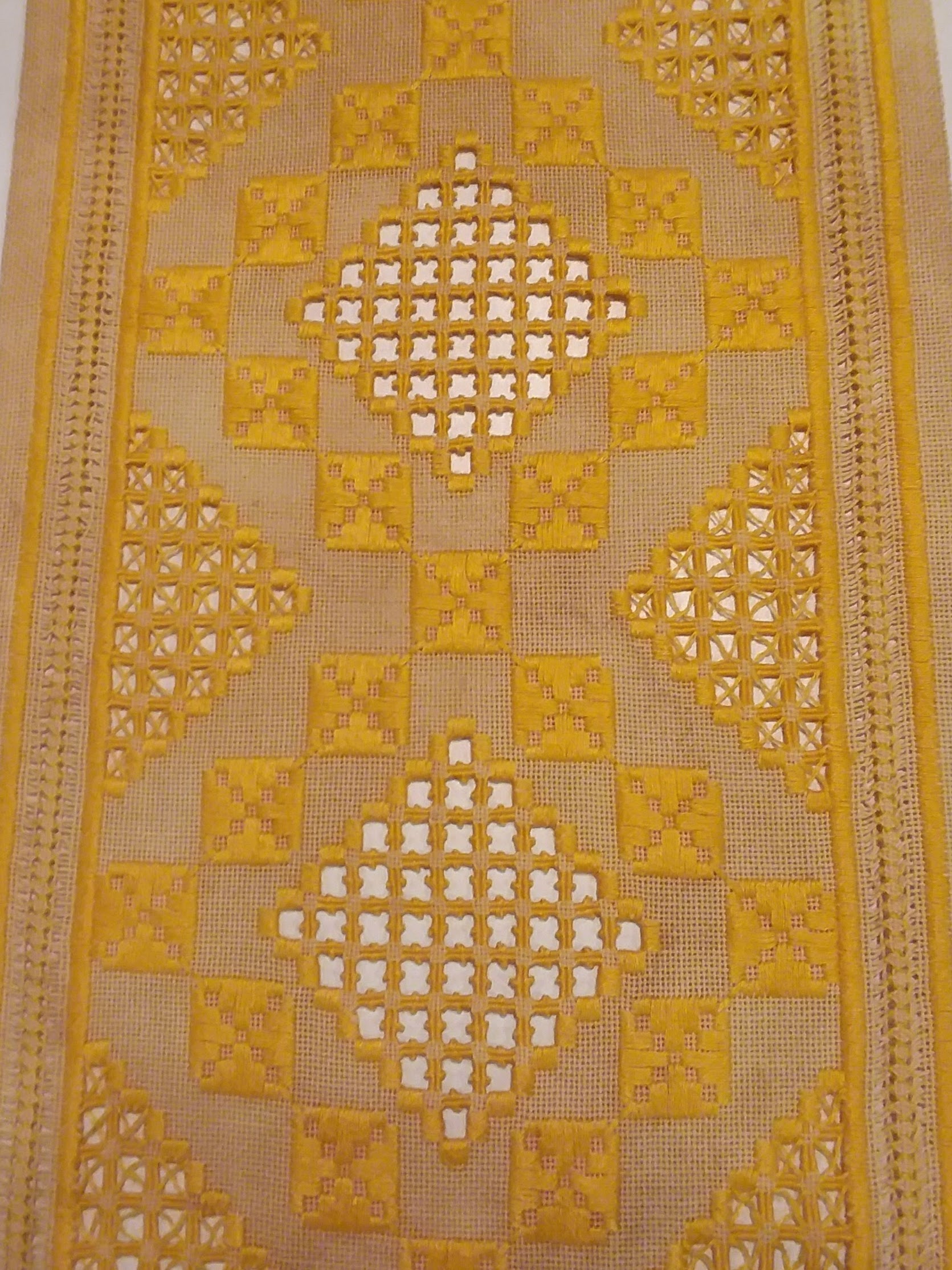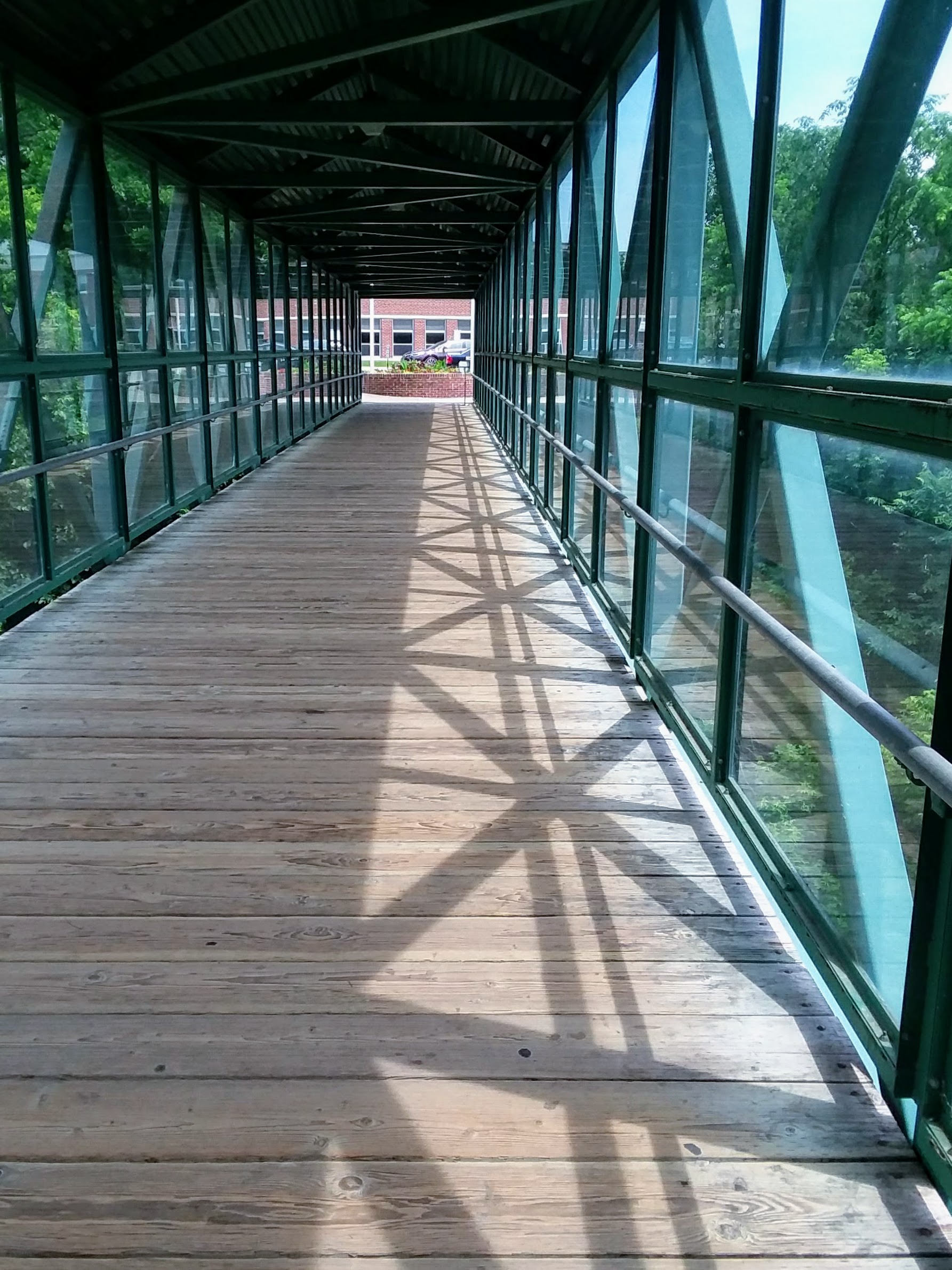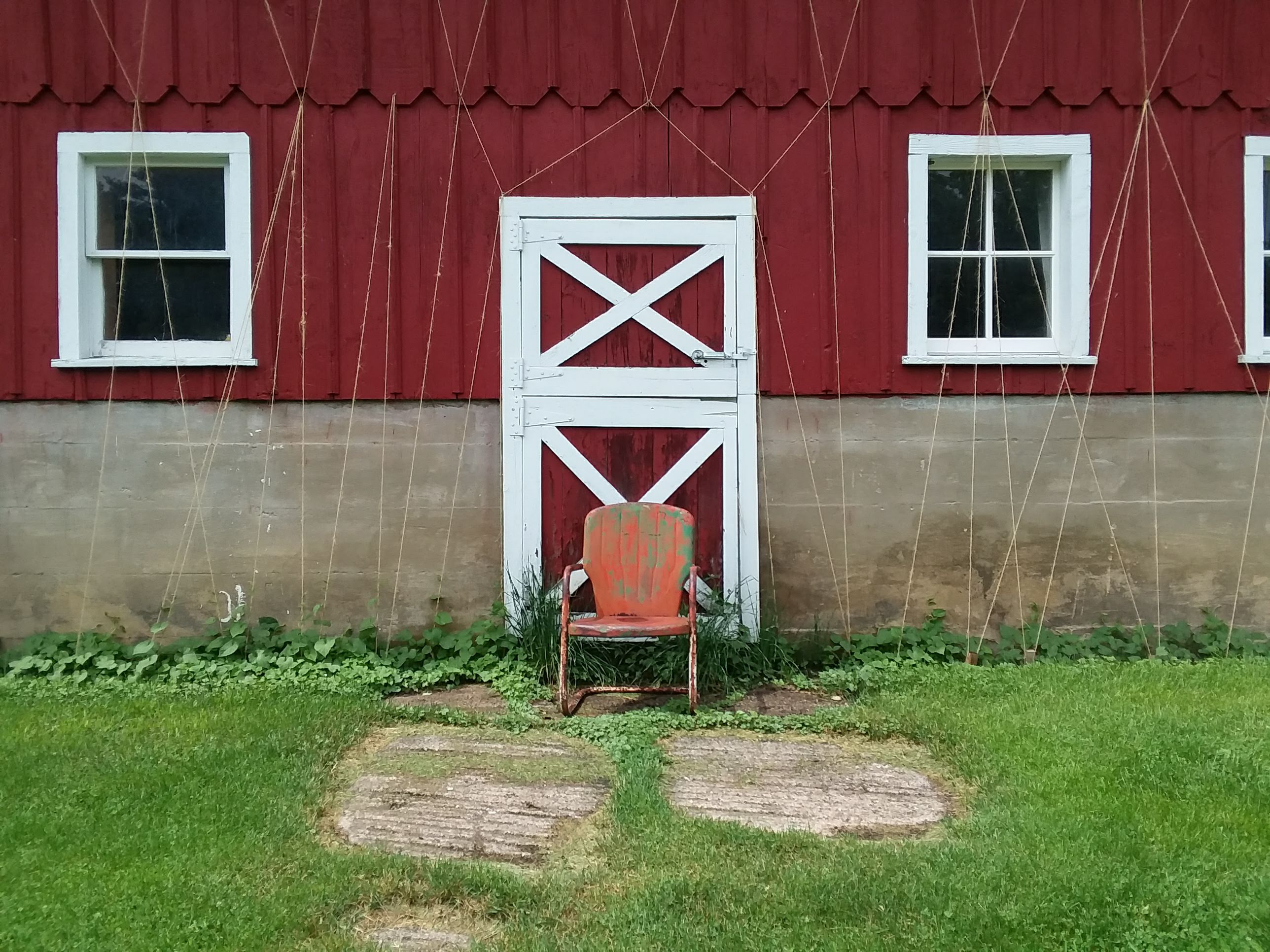Weaving as Social Action: Inspiration from the Weave a Real Peace Annual Meeting
In early June 2018, Guild Coordinator Karin Knudsen had the opportunity to attend the Weave a Real Peace annual meeting in Decorah, Iowa. Let’s hear more about the conference and why she went.
Tell us: What is Weave a Real Peace?
Weave a Real Peace (WARP) is a networking organization for all sorts of folks who are enthusiastic about and supportive of textile traditions. The roughly 300 members of WARP are makers, textile appreciators, academics, and business owners from all across the world. Many work to support textile traditions though non-profit and NGO work or by bringing awareness to textiles and their role in cultural preservation and economic development. WARP is a 501(3)c and was founded in 1992.
I was introduced to the organization by Karen Searle, WARP board member, when I was taking classes from her at WGM. With my work at the guild, my deep passion for textile traditions, and my background in anthropology (I have a Masters in Linguistic Anthropology), I knew WARP would be a great fit for me, personally and professionally.
What was the conference like?
The weekend included presentations by a number of speakers, along with tours, a marketplace, a member meeting and many opportunities for informally socializing with your fellow attendees. Speakers included Diane Nesselhuf, founder of Friends of Sharing the Dream in Guatemala which promotes fair trade; Elisha Renne, co-founder of the non-profit women’s embroidery group in Nigeria, Queen Amina Embroidery; and Mary Anne Wise, co-founder of Cultural Cloth, a social enterprise supporting textile practitioners from around the world. There was a book signing by Susan Schaefer Davis for her new work, “Women Artisans of Morocco.” We were treated to a presentation and behind-the-scenes tour of Vesterheim, by Laurann Gilbertson, their Textile Curator, as well as a presentation and tour of Seed Savers exchange with Aaron Burmeister (whom I recognized from his visits to WGM).
The presentation everyone was talking about was by part-time Saint Paul resident and professional paper artist Mary Hark, Associate Professor of Design Studies at University of Wisconsin-Madison. Mary talked about the founding of the Ghana Paper Project, where they are using invasive plant species as the basis for making paper. In the second half of her presentation, Mary reminded us that, “we often think of going away [to help and make a difference] but think of the need that is within your own community.” Her explanation of participating in a community meal project in Saint Paul (Create: The Community Meal Project) was the highlight.
What does it mean to say: Weaving as Social Action?
This may be my anthropological background speaking, but: If you look at people all over the world who are practicing (long-standing or new) textile traditions, like weaving; and, you believe that through those practices they may take economic action, build and maintain community, and create their worlds in essential ways, then we could say that weaving (and other textile traditions) are social action. This isn’t how WARP defines their mission, but I think it is the essence who and what they are.
More information on WARP, here.



